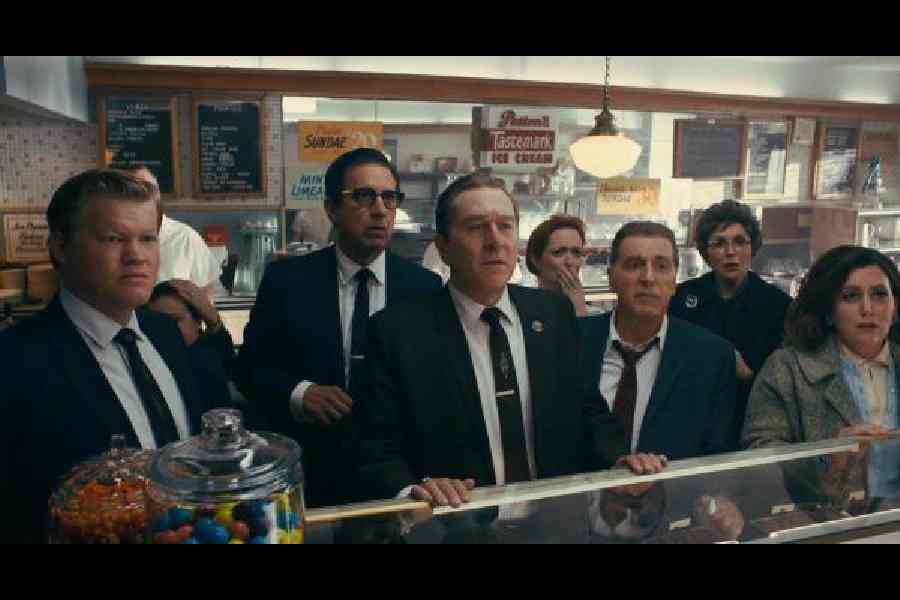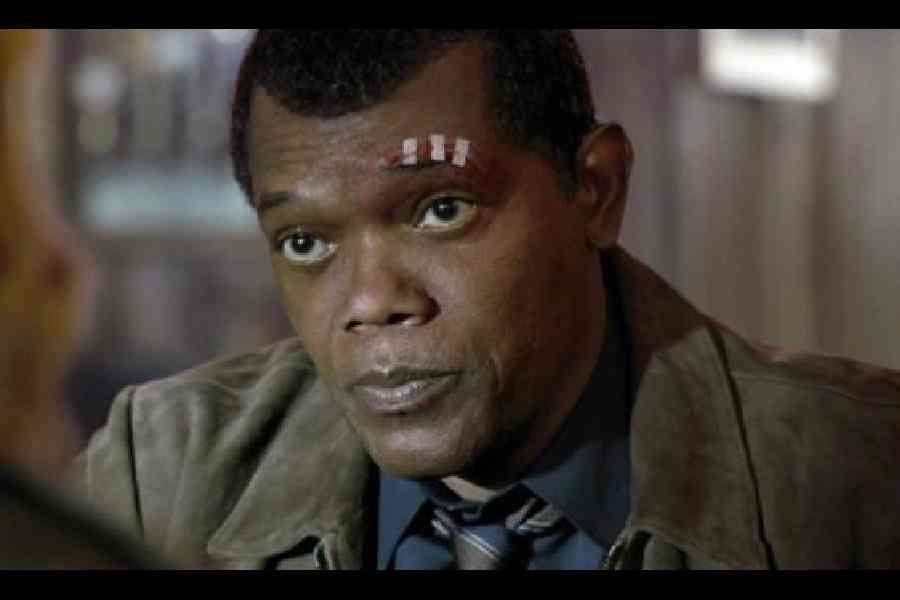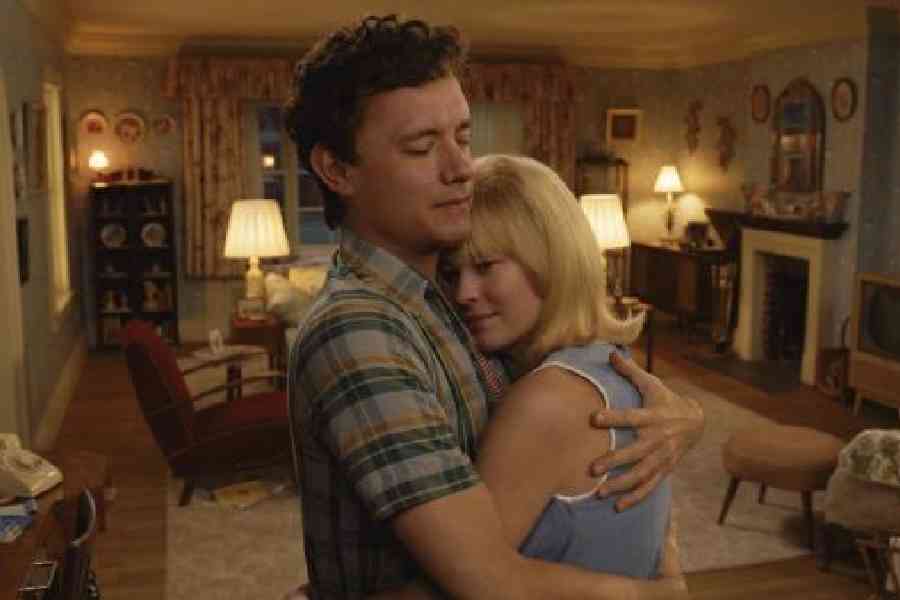Hollywood and de-ageing technology appear to go hand in hand. But is the technology headed in the right direction? Its latest use can be seen in the Robert Zemeckis film, Here, which brings together Forrest Gump stars, Tom Hanks and Robin Wright.
Here, based on a 2014 graphic novel, is set in the distant past and future… throw in all the decades between the two extremes. Though the story bounces back and forth across time, the focus is on a baby-boomer couple, played by Hanks and Wright, from age 18 into their 80s. Digital de-ageing technology makes them look decades younger than they are. So we see Hanks with a thick head of curly hair, like we saw him in Splash and Bachelor Party years ago, though some make-up is involved.
The technology used in the movie is from Metaphysic, a visual effects company that creates real-time face-swapping and ageing effects. During filming, the crew had to focus on two monitors simultaneously—one with the actors’ actual appearances and the other with the age the scene required.
The facial modification system was developed by training custom machine-language models on snatches from Hanks’ and Wright’s previous films. The model gathered a dataset of facial movements, skin textures and appearances under different lighting conditions and camera angles. More the data, better the model. The model generated face transformations without involving months or years of manual post-production work.

The Irishman
Earlier, ageing effects needed frame-by-frame supervision. Not here. Models from Metaphysic can generate transformations there and then. “You couldn’t have made this movie three years ago,” Zemeckis told The New York Times. Earlier, such levels of modifications needed help from hundreds of artists and, of course, a huge budget.
Maturing technology
De-aging actors is not new. It has been used on Harrison Ford in 2023’s Indiana Jones and the Dial of Destiny, thanks to a system called Flux that came with infrared cameras to capture facial data during filming and then old images of the actor were used to de-age him in postproduction. Metaphysic’s AI models can handle the process without using extra hardware and, as we mentioned, the results are instantaneous.
Another popular movie to use the technology is Martin Scorsese’s The Irishman, starring Robert De Niro as outsider-turned-gangster Frank Sheeran. The 2019 film tracked the character’s progress over five decades. Another film that used de-ageing was 2019’s Gemini Man but the younger version of Will Smith’s character Henry Brogan has a fully CGI head, animated via motion capture.
However promising the technology, there is a not-so-small problem — ageing movements of the characters. Even if the face looks young, an actor’s physical movements take a hit. It did in The Irishman when a young Sheeran was made to chase… his movements looked constrained. The problem dogged a de-aged Samuel L. Jackson in 2019’s Captain Marvel. No matter the AI model, it can’t handle dull reflexes or creaking joints.
The problem can be solved to some extent by using an entirely CGI face that can later be superimposed onto an actor’s body. But stars like Ford and Niro may not be open to the idea of their faces being hooked to wires to capture every moment.
But not everyone’s happy
Here comes at a time when major studios are spending a lot on AI. Companies like Runway are developing text-to-video germination tools and OpenAI’s Sora AI model is now in the hands of a few filmmakers.
At the same time, we have seen the SAG-AFTRA union strike last year. Hollywood studios and unions continue to debate AI’s role in filmmaking. The Screen Actors Guild and Writers Guild managed to put in some AI limitations in recent contracts but it’s not enough for the long run. “Everyone’s nervous,” Susan Sprung, CEO of the Producers Guild of America, told The New York Times. “And yet no one’s quite sure what to be nervous about.”
Such is the brilliance of Metaphysic’s AI and machine-learning technology, it has already been used in two other releases this year. In Furiosa: A Mad Max Saga it helped re-create deceased actor Richard Carter’s character and Alien: Romulus brought back Ian Holm’s android character from the 1979 original. The implementation required estate approval under California legislation to keep a check on AI-generated deepfakes. Robert Downey Jr recently said that he would instruct his estate to sue anyone attempting to digitally bring him back.

Samuel L. Jackson in Captain Marvel
AI and all that jazz in Hollywood
De-ageing has come a long way since The Curious Case of Benjamin Button and even if Harrison Ford has said it has been used “skillfully and assiduously” in the latest Indiana Jones film, the actor was quick to add: “I’m real happy with age. I love being older.”
At the moment, de-ageing is just one area of Hollywood where AI is being used. It’s also being used in stunt photography and foreign-language dubbing, helping do away with reshoots. A new AI tool called Callaia can read scripts and generate coverage reports, which were traditionally the work of many junior studio executives.
AI will probably make it easier to make the next DC or Marvel Comics movie but a director like Steven Spielberg and Christopher Nolan will go pixel-peeping and aim to offer original stories. And we are definitely nowhere near a situation where if you type “movie” and press enter, you get a movie.










